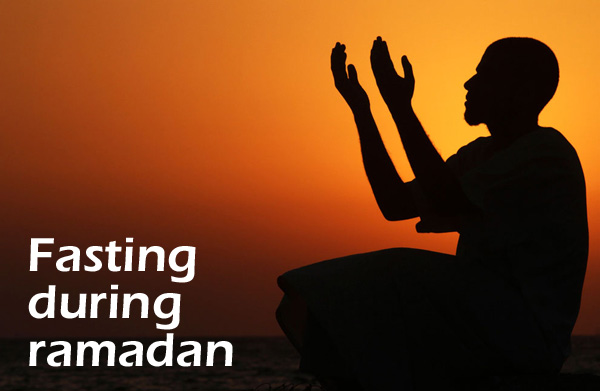In a discussion about IF, Tori and I started to talk about specifics of what to eat and how much to eat. Like I have mentioned before the beauty of the diet is you can get away with eating all the yummy food each day and still not gain fat weight. So that got me ruminating about the difference between men and women:
- We have 15-20 times more testosterone.
- We have higher basal metabolism.
- We have 20% more red blood cells and have 30% more lung capacity.
- Our brains are 10% larger.
Our high level of testosterone explains why we guys love to talk about horsepower, why we like power tools and gadgets of all kinds, and why we love to grill a good hunk of meat in the great outdoors.
Due to these differences, I was trying to reason out if it was necessary to modify the fasting and the feeding time for females on an Intermittent Fasting program. On Leangains.com, it is recommended female fast for 14 hours and feed for 10. I think the biggest reason for decreasing the fasting time is that a prolonged fast would disrupt the delicate female hormonal balance and reproductive function. There is anecdotal evidence of sleeplessness, increased anxiety, and menstrual disruption in women who have follow the IF regimen. In fact, Donna—another trainer—who started IF a week after me reported fuzziness, strength decrease, and sleeplessness on her first day. But, she toughed it out and informed me that she has lost about 7 pounds so far.
Women and fasting studies
In reading about these disruptions in females and IF, I decided to dig a little. One study that points out the possible negatives of women and IF was conducted by Heilbronn, et al. Using an alternate day fasting protocol of eight males and eight females, Heilbronn found that fasting for females was not as positive as it was for males. For female, insulin sensitivity actually decreased and glucose intolerance increased. If we can draw out any conclusions from this study, the female body might not be good as storing sugar in their muscle in the carb-up period and prolonged fasting might create a diabetic condition.
So what’s a girl to do?
In the Heilbronn study, the women were put through a 24 hours fast instead of 12 -14 intermittent fast. This increased fast time possibly could have altered the delicate energy and hormonal balance that is much more sensitive in women than men. So in hashing out what I have come across so far, perhaps sticking to a shorter daily fast of 12-14 hours is a better choice for women. It might also be better to stick to healthier food choices during feeding periods.


0 responses to “WOMEN AND INTERMITTENT FASTING: PART 1 (oR: The Tori blog)”